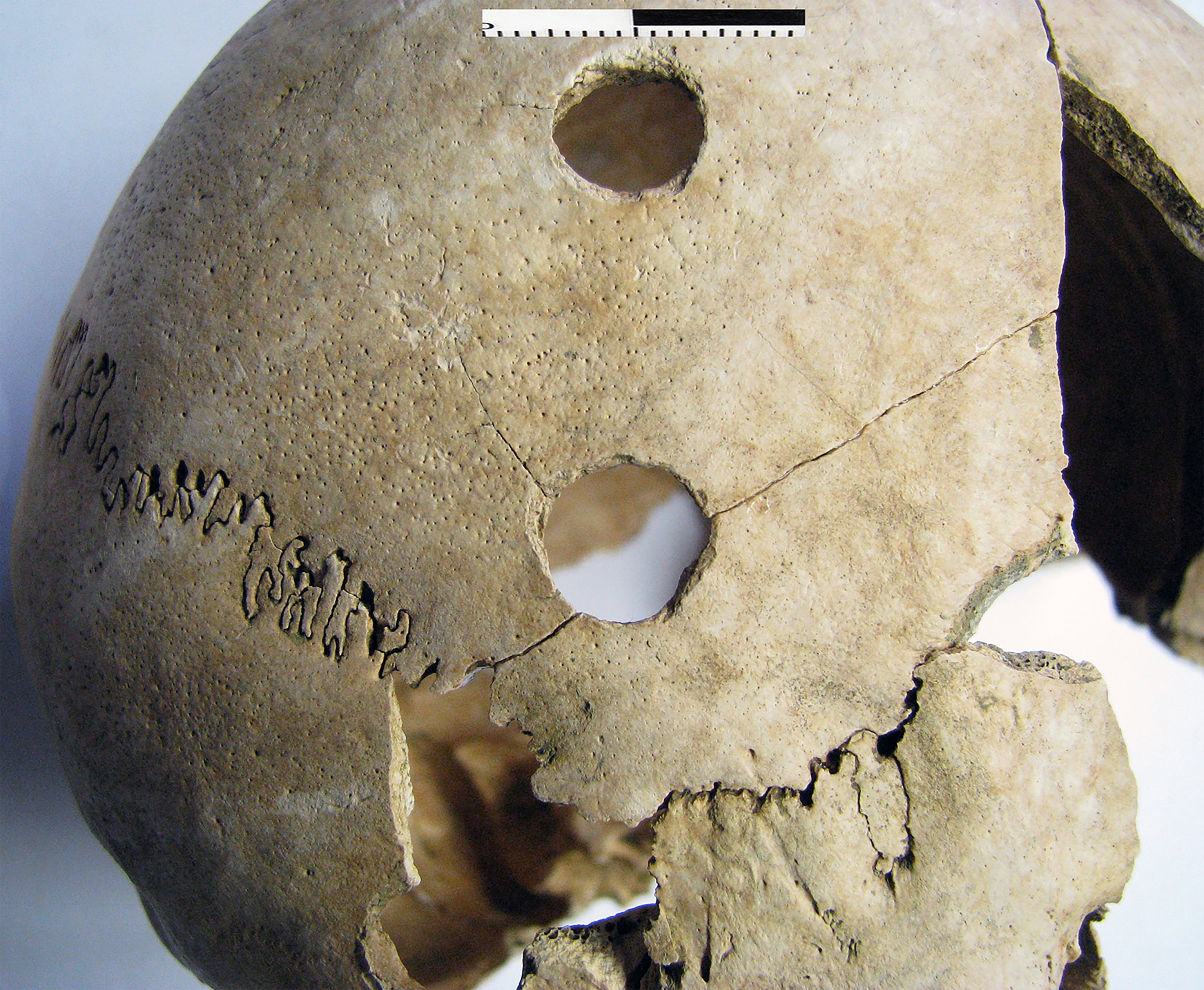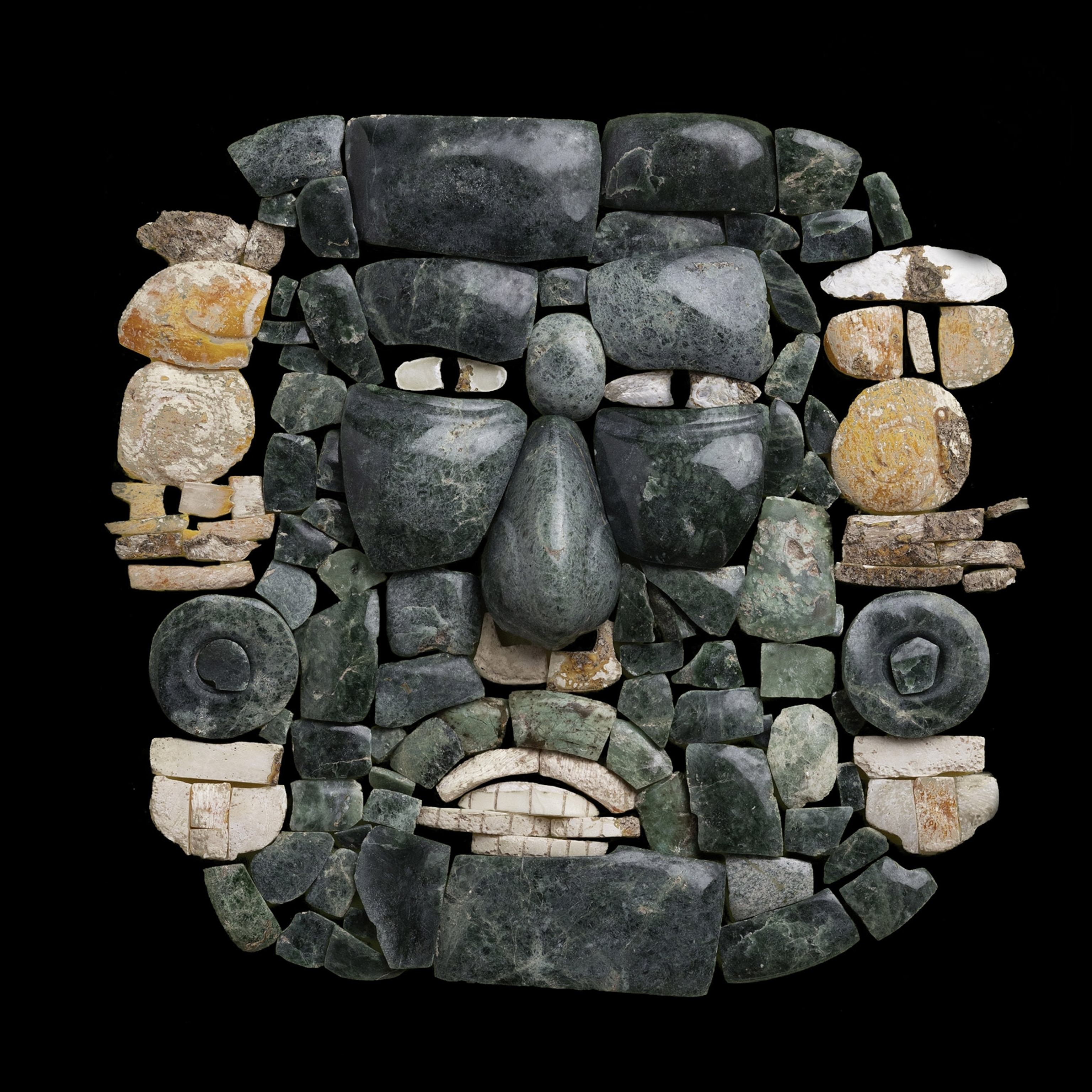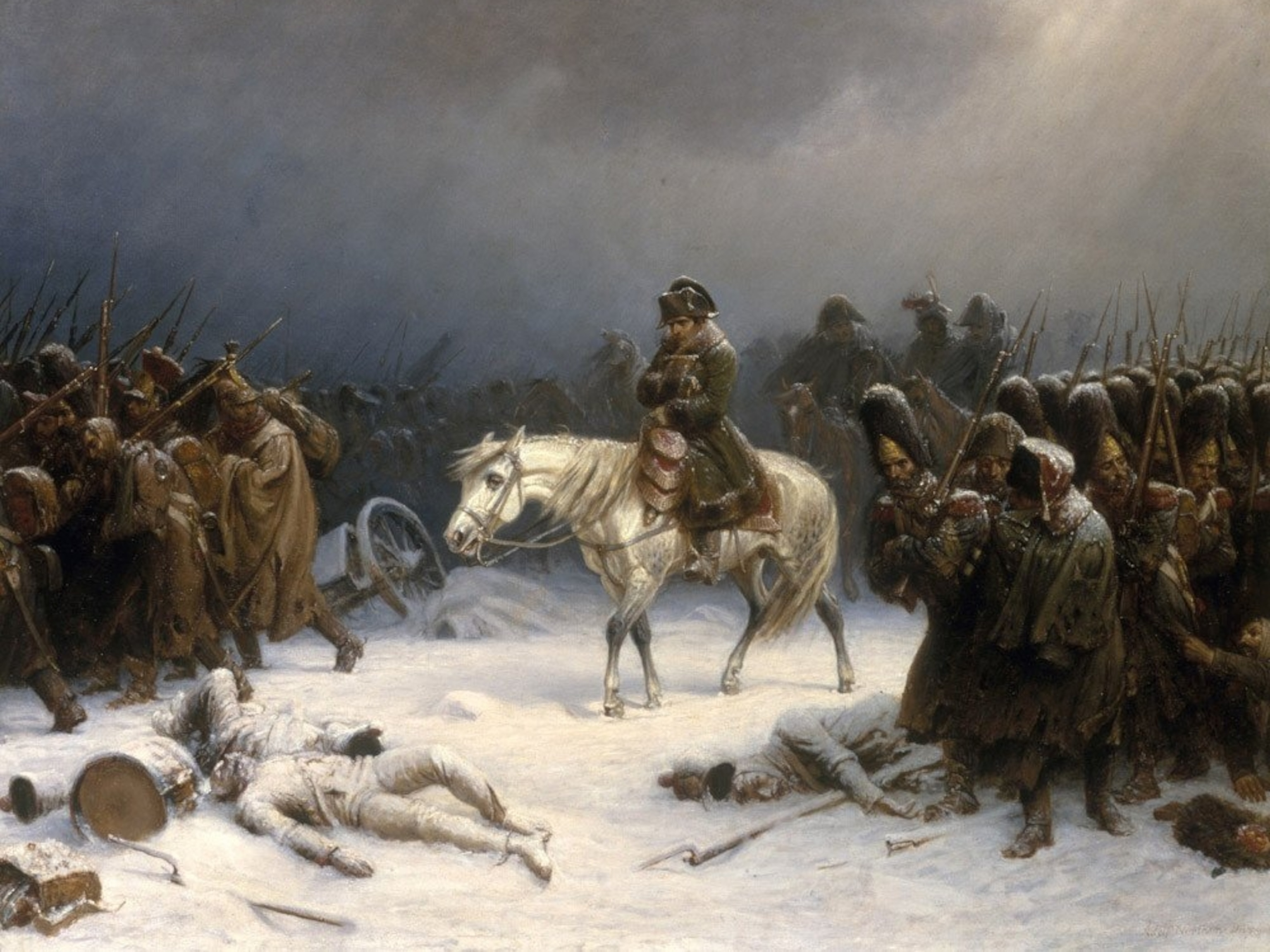DNA study of 6,200-year-old massacre victims raises more questions than answers
Archaeologists assumed an extended family died in violence thouands of years ago, but the largest genetic study of a mass killing to date suggests otherwise.

Around 6,200 years ago, a group of at least 41 men, women, and children were brutally murdered before being dumped in a mass grave in what is now eastern Croatia. Initially, the archaeologists who uncovered the grave in 2007 wondered if the victims were an entire inter-related community targeted for execution. But a new analysis reported in the journal PLOS ONE—including what is the largest genetic study of an ancient massacre to date—reveals that the victims were mostly unrelated. This surprising discovery raises more questions than it answers: Most significantly, why were these individuals killed, and who killed them?
“That’s the one million-dollar question,” says the study’s lead author Mario Novak, an archaeologist at the Institute for Anthropological Research in Zagreb, Croatia. “We just don’t know.” And unless some clear-cut archaeological evidence is found nearby, he adds, “I don’t think we will ever find out.”
Graves beneath the garage
The ancient massacre site was accidentally discovered during the construction of a garage in the Croatian village of Potočani. The burial pit—seven feet across and three feet deep—contained the skeletal remnants of at least 41 people, some still articulated, some broken into pieces.
Archaeologists from the University of Zagreb archaeological team who happened to be in the area at the time were called in, and they assumed the remains belonged to victims of modern warfare, perhaps from World War II or the 1990s Balkan conflict. But an initial examination revealed no bullets or uniforms, and teeth showed no evidence of modern fillings.
Additional excavations turned up fragments of ancient pottery, and radiocarbon dating of three human bones revealed that the site was 6,200 years old. Based on the date and location, and the type of pottery found, researchers concluded the victims belonged to the Lasinja culture.
Very little is known about these peoples, says Novak, and only one other burial site in Croatia associated with the Lasinja culture has been excavated. “This is one of the least studied prehistoric cultural complexes in the region,” he says. Prior work on that other burial site suggests they were pastoralists who moved with their cattle to different grazing areas depending on the season. They also mined copper to make tools.
Bioarchaeological work identified 21 males and 20 females, including adults as old as 50, adolescents, and children perhaps just two years of age. It quickly became clear they didn’t die of anything approaching natural causes.
Three adult males, four adult females, and six children were found with damage to the sides or backs of their skulls. These fatal injuries—blunt force trauma fractures, stabbing and piercing wounds, and cuts—were carried out using weapons or tools, perhaps stone axes and clubs or metallic instruments. The murder weapons were not found at the site, but it appears these injuries were inflicted during a single event in time.
Especially grim was the fact that some skulls showed multiple injuries. “For most people, one blow was enough,” says Novak. “But we have two or three individuals with four injuries on the skulls. This was some kind of overkill, or frenzy.”

A history of violence
What was clear, however, is that this massacre was not the result of warfare: mass graves resulting from combat usually feature mostly adolescent or adult males, not women and children. There were also no facial injuries or wounds on the victims’ forearms, which happen as people instinctively raise their arms to block incoming assaults. These people were likely immobilized, perhaps crouching or kneeling, with their hands tied.
“They were not defending themselves,” says Novak. “I would say that this was a pre-planned mass execution.”
The massacre site from Potočani is not the first found from European prehistory— another mass grave from a little further back in time in Halberstadt, Germany, for instance, is filled with victims killed by targeted blows to the back of the head.
“The cranial injuries look just like other massacres I’ve worked on—very similar in location, and age range as well, unfortunately,” says Trish Biers, an osteologist and paleopathologist at the University of Cambridge who wasn’t involved with the work.
Hoping to learn more about the Potočani victims, the research team unspooled the DNA of 38 individuals from the site. The results showed that all of them had the same genetic ancestry: Along with a smidgen of ancestry from hunter-gatherer societies in Western Europe, these people’s predecessors hailed from Anatolia, what is now much of Turkey. They originally brought agriculture to Europe some 8,500 years ago. A few millennia later, some of their descendants were wandering the Balkans with their cattle.
Although a few of the dead were closely related—the DNA analysis identified a man, his two daughters and his nephew, for example—70 percent of the individuals were not. One possible implication is that these victims were part of a larger community made up of many families.


The phantom menace
Biers says that her work on archaeological sites in both North and South America demonstrates that people who were not necessarily closely related on a genetic level had social kinship groups determined by their occupations, such as fishers, farmers, or craftspeople.
Social kinship relationships, however, are something “we can’t tell from the genetics,” says Christiana Scheib, an archaeologist specializing in ancient DNA at the University of Cambridge who wasn’t involved with the work. Ideally, non-massacre graves from the area would provide a picture of what the normal distribution of the dead, both genetically and in terms of kinship groups, would have been. But so far, the Potočani mass grave stands alone; no adjoining settlement has been found.
Compounding the mystery is that nothing at all is known about the killers themselves. “We don’t have any traces of the people that committed this atrocity,” says Novak. The perpetrators may have belonged to a rival group, either coming in from elsewhere or closer to home. The killers may have even been from the same population as the victims.
It’s also impossible to speculate on a motive. Other massacre sites and episodes of mass violence from European prehistory have been attributed to antagonizing factors such as xenophobia or climate change, when droughts caused resource shortages and subsequent violence. But at Potočani, “we don’t have any indication of any climatic changes in this time period,” says Novak.
The only thing that is abundantly clear is that this fundamentally dark human behavior has persisted for millennia. Mass killings have taken place all over the world for at least 13,000 years. Although justice systems were eventually introduced, and society overall has become more ordered and less violent, massacres on massive scales became easier to conduct over time. The axe was replaced by the gun; warring tribes were replaced by state-sponsored genocide.
If sites like the one at Potočani tells us anything, it’s “that people haven’t changed in the last 10,000 years,” says Novak. “If they have, they’ve changed for the worse.”








